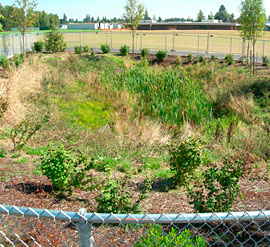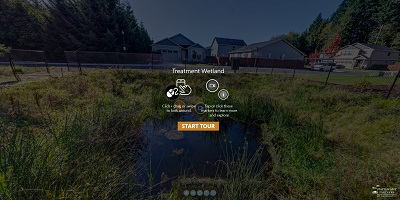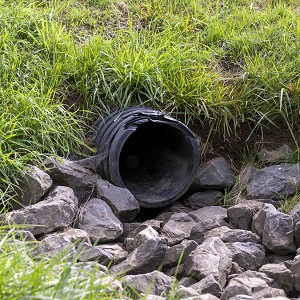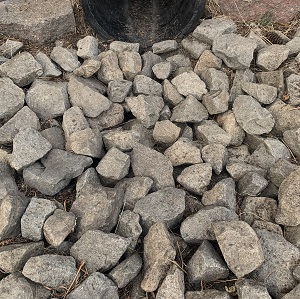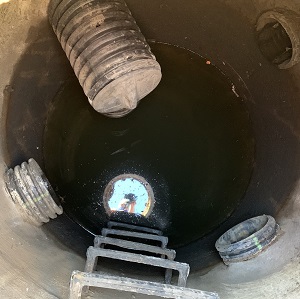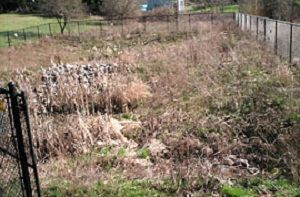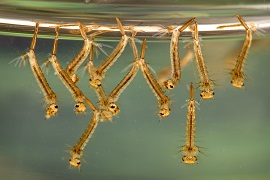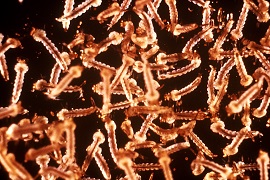Treatment wetland
A stormwater treatment wetland is a shallow man-made pond designed to treat stormwater through the biological processes associated with aquatic plants. These facilities use dense wetland vegetation and settling to filter sediment and oily materials out of stormwater.
Treatment wetlands take advantage of nature's approach to removing pollutants. They also provide habitat for amphibians, aquatic insects and birds. Occasionally, vegetation and sediment removed, primarily to maintain the original storage capacity of the wetland. In general, stormwater wetlands do a good job of removing sediment, metals and pollutants.
Treatment wetlands need to be maintained to stormwater facility standards to avoid redesignation as a natural wetland, where permits are required for maintenance work.
Virtual tour
Click on the image below to get inside of a treatment wetland and learn about common components and maintenance tasks.
Maintenance needs commonly associated with treatment wetlands:
Maintenance is needed if you see these signs
Bare, exposed soil - vegetation becomes sparse and does not provide adequate filtration
Slopes that are deteriorating
Sediment that restricts flow or clogs inlet and outlet pipes
Sediment buildup; the facility is not draining or conveying runoff
Unhealthy or dead vegetation
Blackberries or other problem weeds
Overgrown vegetation
Holes in berms or slopes, or berm/dike has settled 4 inches or more than designed height
Leaves, trash and other debris
Water surface is discolored or has an oil sheen
Water not retained to a depth of about 18 inches during the wet season
Bottom of slopes show signs of seepage and leaking
Trees, often alders, growing on the slopes
